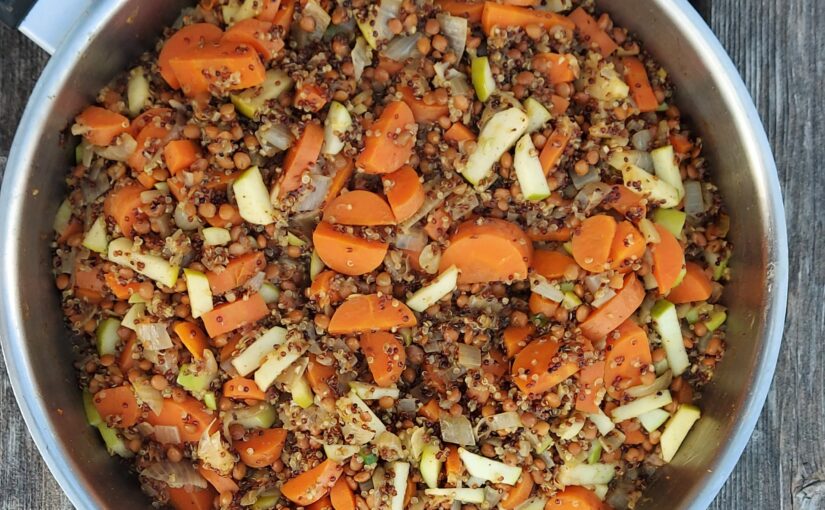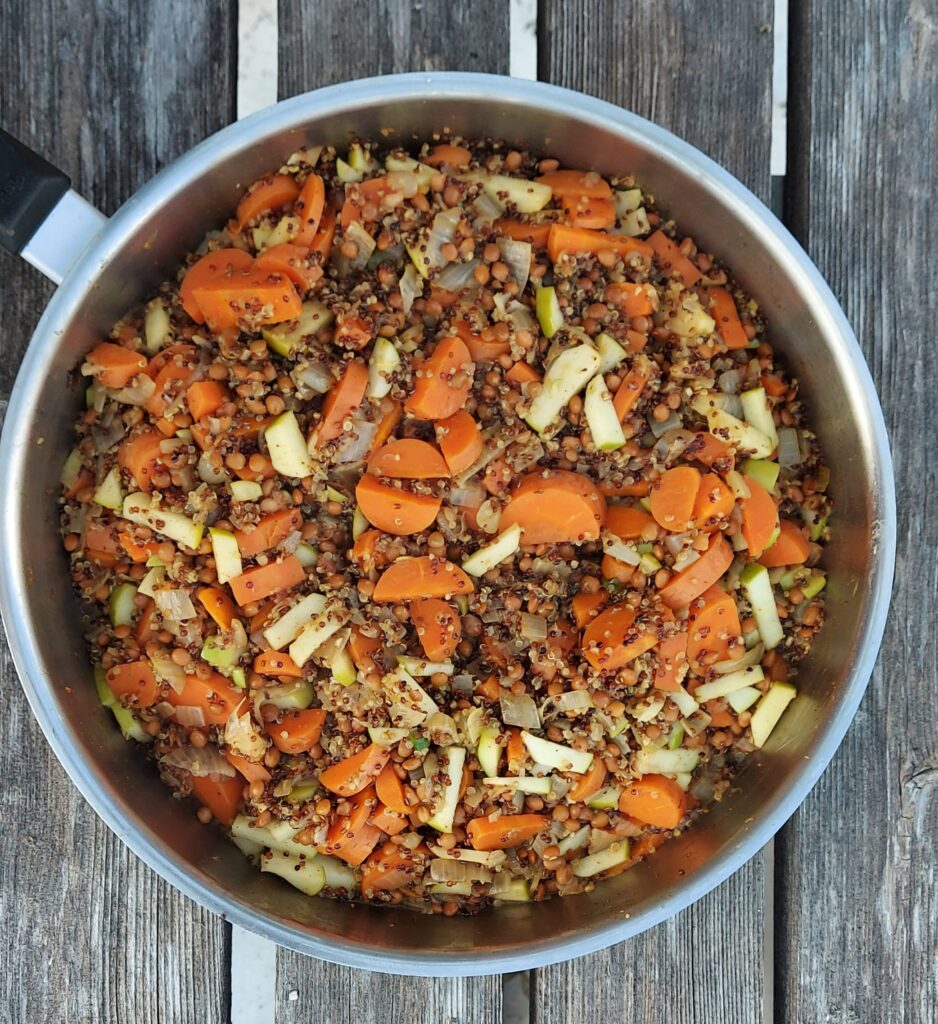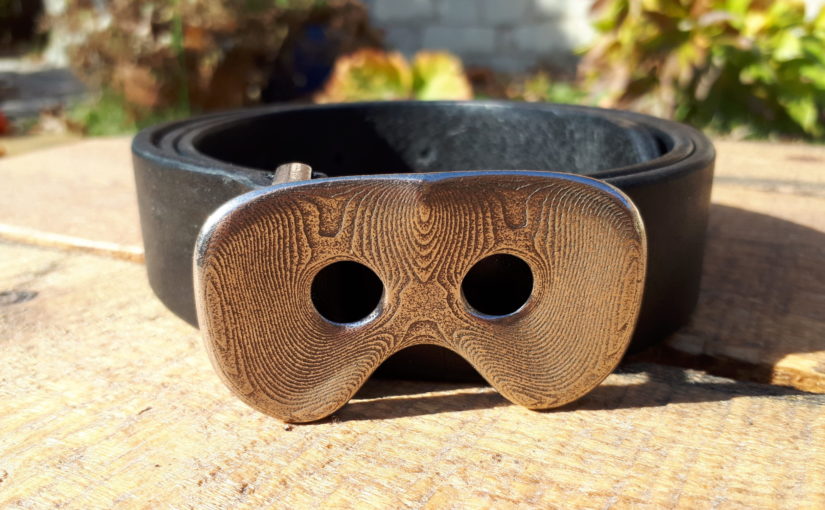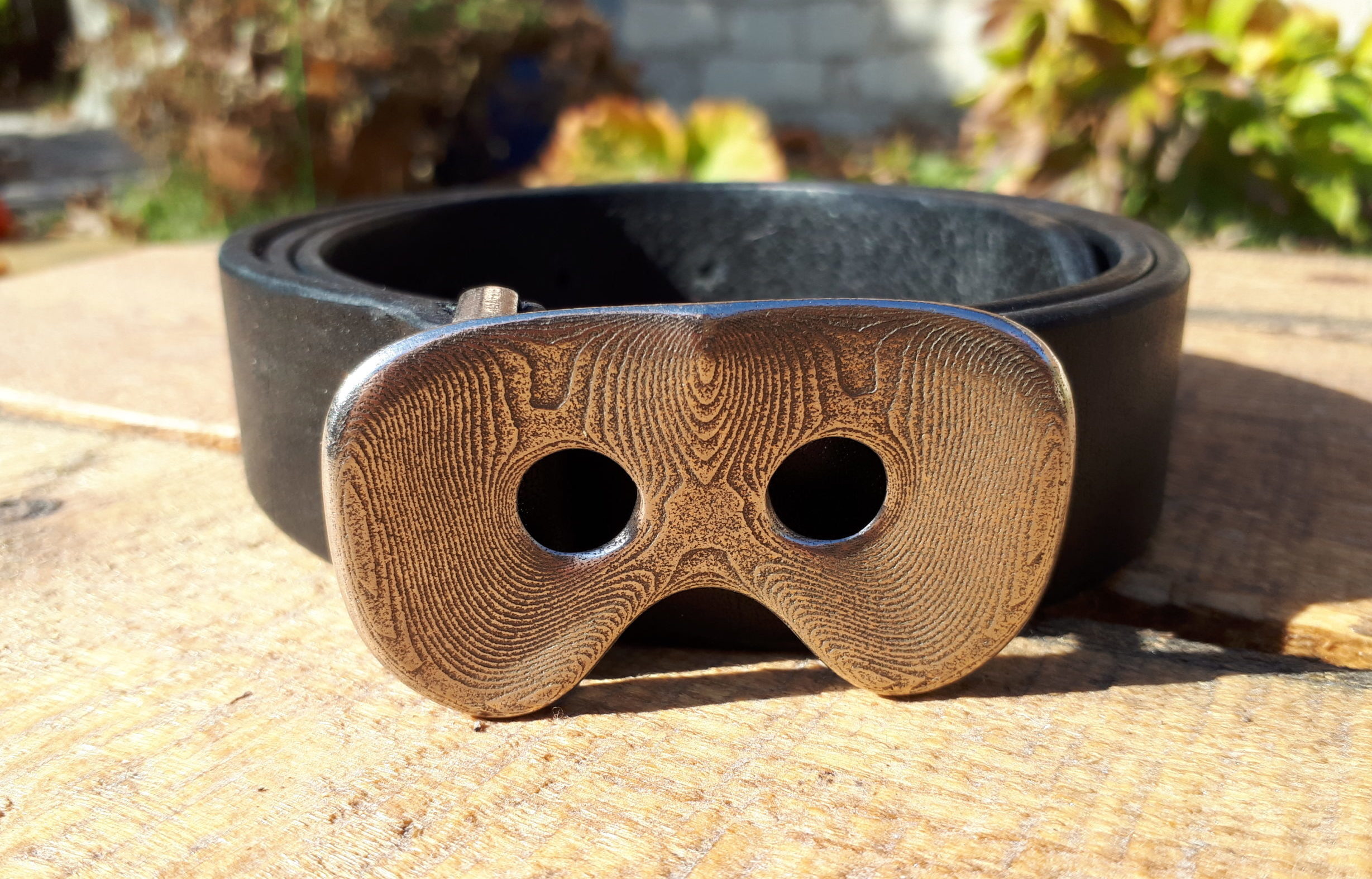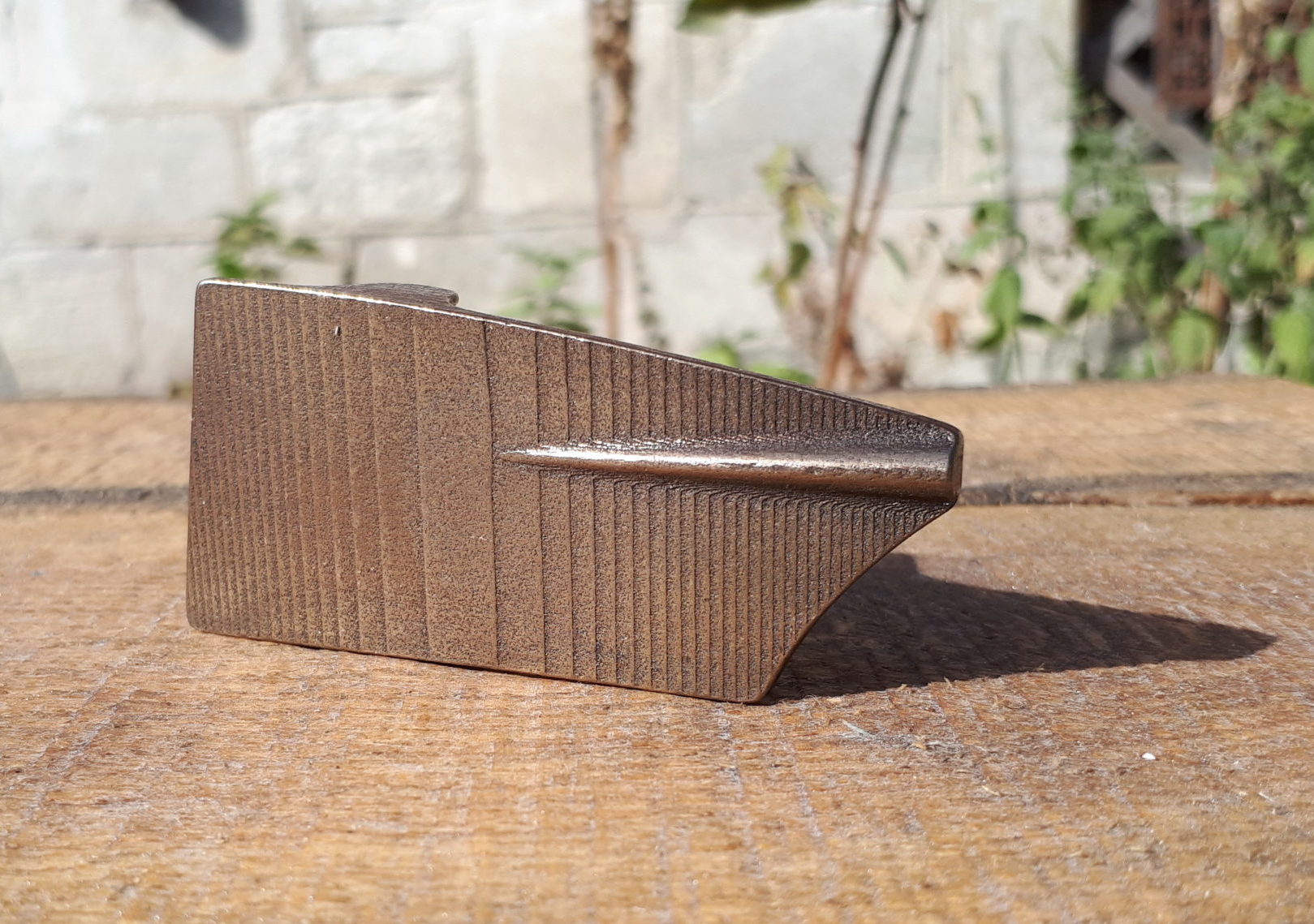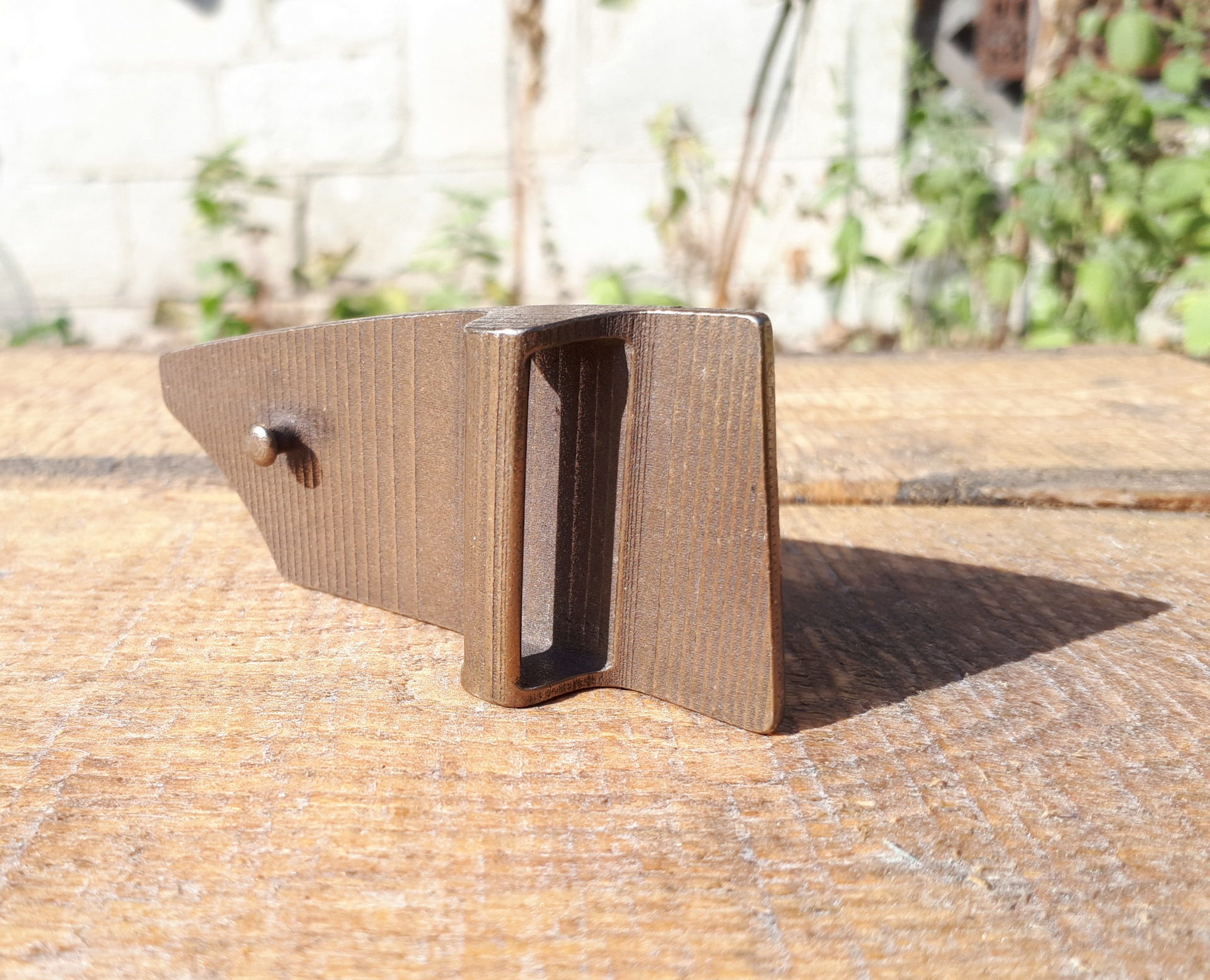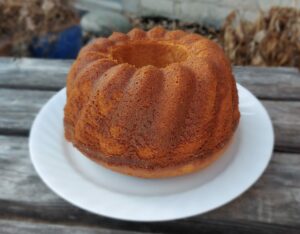
Summary
- Preparation: 20 min (+10 min for the cardamon pods)
- Cooking: 60 min
- Total: 80 min
Ingredients
- 300 g (1⅓ cups) softened butter (keep wrapper to grease Bundt)
- 4 eggs
- 320 g (2½ cups) plain flour
- 380 g (1 ⅔ cups) caster (superfine) sugar
- 3 tsp baking powder
- 80 pods (2 generous tablespoons of pods) of freshly ground cardamon
- 200 ml (1 cup) milk
Method
- Pre-heat the oven to 175°C /350F
- Cream butter with moderate speed electric mixer for 3 min
- Add eggs, stir for 1 min
- In a separate bowl, mix the flour, sugar,
- baking powder and cardamon
- Grease a 2¼ litre (10 cup) Bundt with butter and then sprinkle the inside with the dry portion of the dough to coat it, then pour rest back in with dry portion
- Stir dry portion into the egg/butter mixture.
- Stir in the milk
- Carefully pour into the prepared Bundt. Avoid creating air pockets. Tap the pan to remove any air bubbles and then tilt the pan gently, so that the batter runs up the sides.
- Bake for about an hour until it is golden brown, just beginning to pull away from the side of the Bundt and a skewer poked into the cake comes out clean.
- Let the cake cool in the Bundt for 10 minutes and then turn out on to a wire rack to cool completely.
- When cold, transfer to a serving plate or board.
Leftovers?
Are you kidding?
